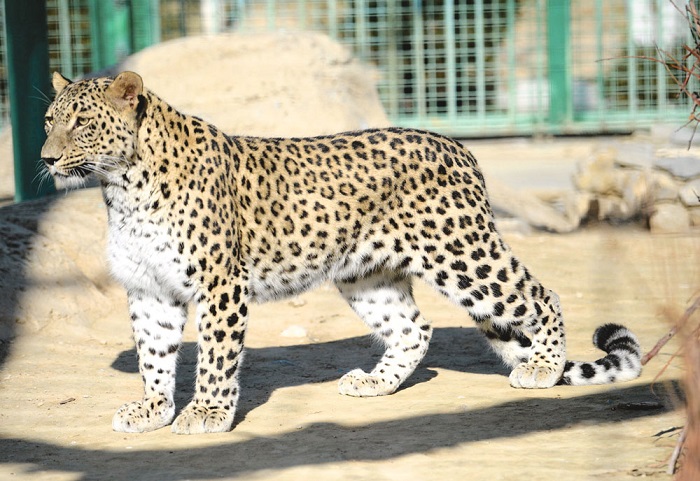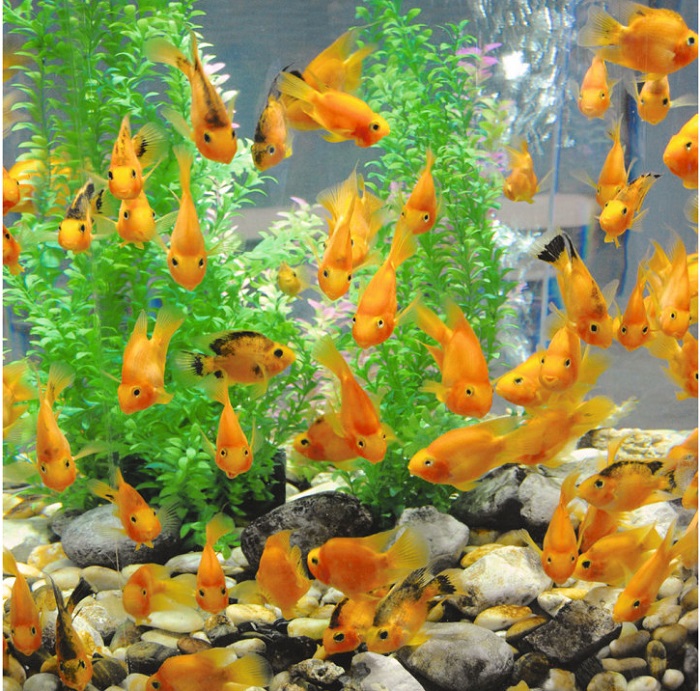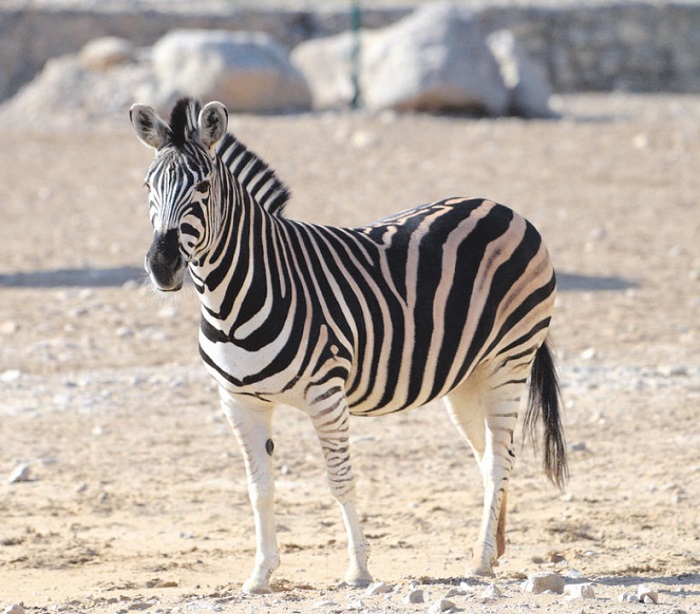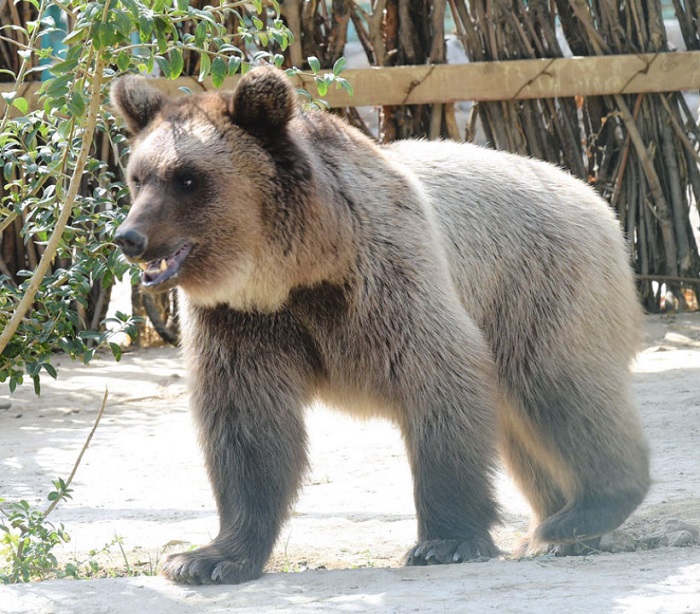Elena Dolgova
According to the legislation, in addition to nature reserves, specially protected natural areas also include biosphere reserves, national nature parks, natural recreation areas, state botanical gardens and zoological parks.
 Last year marked a double celebration, as both the Botanical Garden and the Zoo observed their 95th anniversaries. Established in October 1929 on an 18.5-hectare site, the Ashgabat Botanical Garden is the oldest scientific institution of its kind in Central Asia. Its unique achievement lies in successfully acclimatizing plants unfamiliar to the region’s sharply continental arid climate. The history of the Ashgabat Zoo, which began its chronicle in November–December of the same year 1929, is interesting.
Last year marked a double celebration, as both the Botanical Garden and the Zoo observed their 95th anniversaries. Established in October 1929 on an 18.5-hectare site, the Ashgabat Botanical Garden is the oldest scientific institution of its kind in Central Asia. Its unique achievement lies in successfully acclimatizing plants unfamiliar to the region’s sharply continental arid climate. The history of the Ashgabat Zoo, which began its chronicle in November–December of the same year 1929, is interesting.
 The emergence of the Ashgabat zoo began with a small wildlife corner at the local museum, later a plot of only one and a half hectares was allocated for the zoo. It experienced a break in its activities during the World War II and then the earthquake of 1948 until 1949, when the zoo was restored as a scientific unit. And since that time, zoo’s collection has been continuously replenished, the areas and opportunities for scientific work have expanded.
The emergence of the Ashgabat zoo began with a small wildlife corner at the local museum, later a plot of only one and a half hectares was allocated for the zoo. It experienced a break in its activities during the World War II and then the earthquake of 1948 until 1949, when the zoo was restored as a scientific unit. And since that time, zoo’s collection has been continuously replenished, the areas and opportunities for scientific work have expanded.
Today, its traditions are continued by the National Wildlife Park of Turkmenistan, which was built from scratch in Gokdere, in the picturesque foothills of Kopetdag. Its infrastructure is equipped in accordance with international standards and the requirements of animal welfare organizations, occupies 40 hectares, where all the free space is landscaped. The park houses the Animal World Museum, which accommodates aquariums with species of the Caspian Sea, a terrarium. Turkmenistan is known to be home to the one-humped camel, but in the park you can see a two-humped Bactrian camel, gazelles and Cameroonian goats, emus and African buffaloes, rhinos, alpaca llamas, zebras and giraffes…
 Over the past two years, 18 species, including exotic animals such as crocodiles, gave offspring. The zoo annually attracts an average of 270,000 visitors. The park has its own veterinary clinic, a quarantine room, and six artesian wells that provide a continuous supply of the purest water.
Over the past two years, 18 species, including exotic animals such as crocodiles, gave offspring. The zoo annually attracts an average of 270,000 visitors. The park has its own veterinary clinic, a quarantine room, and six artesian wells that provide a continuous supply of the purest water.
The year 2024 was a memorable one for the park, which opened the way to the Eurasian Regional Association of Zoos and Aquariums as a full member. As part of the ceremony of awarding the relevant certificate to the governor of Ashgabat, a pet bear from the Volokolamsk Center for the Reproduction of Rare Wild Animals (Russia), named Sumbar, was donated to the zoo.
The zoo is more than just a place to see animals; it’s a National Museum of Wildlife. Many of its inhabitants are listed in the Red Book of Turkmenistan and other countries, offering a unique opportunity to observe representatives of both Turkmenistan’s and the world’s diverse fauna.
Established in 2010 in the foothills of Kopetdag, the park is celebrating its 15th anniversary this year in its new location. This modern facility, situated in exceptional environmental conditions, prioritizes scientifically-based animal care.
The zoo features well-designed pathways, spacious enclosures that provide ample space for the animals to thrive, and a modest entrance fee, making it an attractive destination for both Ashgabat residents and visitors.///originally published by the Neutral Turkmenistan newspaper, 9 January 2025
